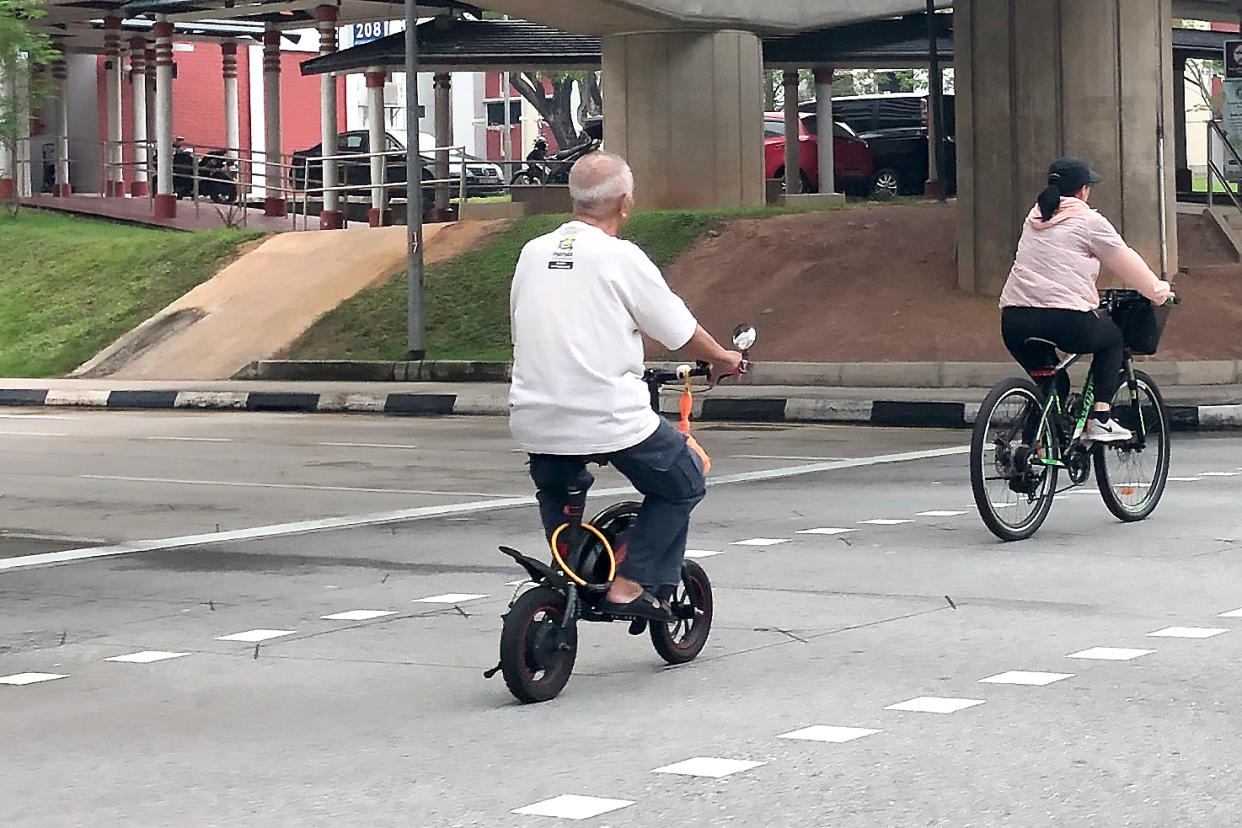COMMENT: Singapore’s e-scooters on footpath ban welcomed but longer bike paths and new mobility solutions needed

By Alan Jiang
The announcement by Senior Minister of State for Transport Lam Pin Min on banning personal mobility device (PMD) use on footpaths is an understandable response to public safety concerns. Ensuring that pedestrians are able to walk in a safe environment must be at the top of any government’s transport policies and Beam Mobility fully supports Singapore’s move.
The ban of e-scooters on footpaths in Singapore follows in the footsteps of some of the cities with the most PMD usage in the world, including Paris, Berlin, and Los Angeles. In these cities, e-scooters have grown in popularity because they are required to be ridden the same way as bicycles - on roads and cycling paths. This gives the best of both worlds - safe footpaths for pedestrians, and convenient usage of PMDs on existing infrastructure.
Not enough cycling infrastructure
We think it is a smart and safe choice to segregate PMDs from footpaths. However, without allowing PMDs on the roads, the over 100,000 Singaporeans who use PMDs to get around are suddenly left with significantly reduced mobility options. It also significantly impacts LTA’s “45 minute city and 20 minute towns” goal or a maximum 45 minutes to commute to work to 20 minutes to reach amenities in residential towns.
There are only 440km of shared paths in Singapore, compared with 5,500km of footpaths and 9,081km of roads. The Land Transport Authority has committed to increasing the length of cycling paths to 1,000km. This is a good start but it needs to happen faster than the 2040 timeline and the paths should be much longer to make a real impact.
Cities like New York City and Paris have committed billions of dollars of investment to improve mobility infrastructure such as protected bicycle lanes as these cities recognise the importance of PMDs for improving the amenities of modern cities. We understand that building infrastructure takes time - and therefore for streets with no bicycle lanes, PMDs should be allowed to ride on the streets.
There has been an explosive growth of PMDs in recent years as they are increasingly seen as a valuable mobility solution in Singapore. Not only is their popularity growing fast, PMDs are also safer than cars. The 100,000 PMDs in Singapore were involved in 228 road accidents last year, while for motor vehicles - there are about 600,000 cars in Singapore - the number was over 10,000 accidents.
Technology makes shared mobility devices safer
Shared mobility devices (SMDs) have features that make them a viable form of transport while being optimised for safety.
There are automatically enforced speed limits in these devices. For instance, each Beam SMD is connected to an Internet of Things device that allows for the remote specification of speed and defines different zones of a city such as “low speed zones” or even “no ride zones.”
SMDs such as those from Beam are compliant with the highest global quality and safety standards, including the UL2272 fire safety standard. They are also regularly maintained to ensure that they are fully tested and compliant with local regulations.
In addition, training and education are key to the safe riding of SMDs. Every Beam user who signs up is required to undergo in-app training on safe riding techniques and procedures.
It is unfortunate that shared operators have not yet been given an opportunity to showcase how shared services can create a safe, affordable and eco-friendly environment for PMD use.
In summary, our recommendations for Singapore are:
• Maintain the ban of PMDs on footpaths.
• Commit to increasing the length of bicycle lanes in Singapore to 5,000 km by 2040
• Allow PMDs to travel on the roads where bicycle lanes have not yet been built.
• Enforce strict speed caps of 25km/h on roads and bicycle paths.
• PMD riders should undergo a safety course after purchasing e-scooters
• SMD riders should undergo a safety course upon signing up with an app, such as from Beam.
Alan Jiang is the CEO and co-founder of Beam Mobility, which is an operator providing PMD-sharing services.
Related stories:
E-scooters banned from Singapore footpaths from 5 November
PMD retailers, sharing operators frustrated with e-scooters on footpath ban


